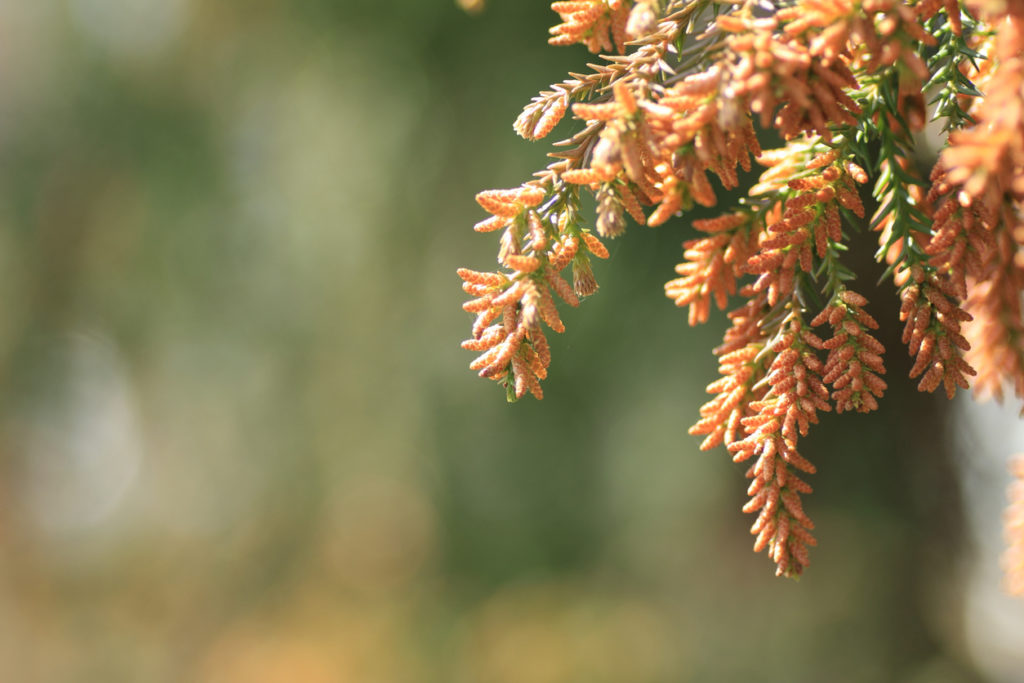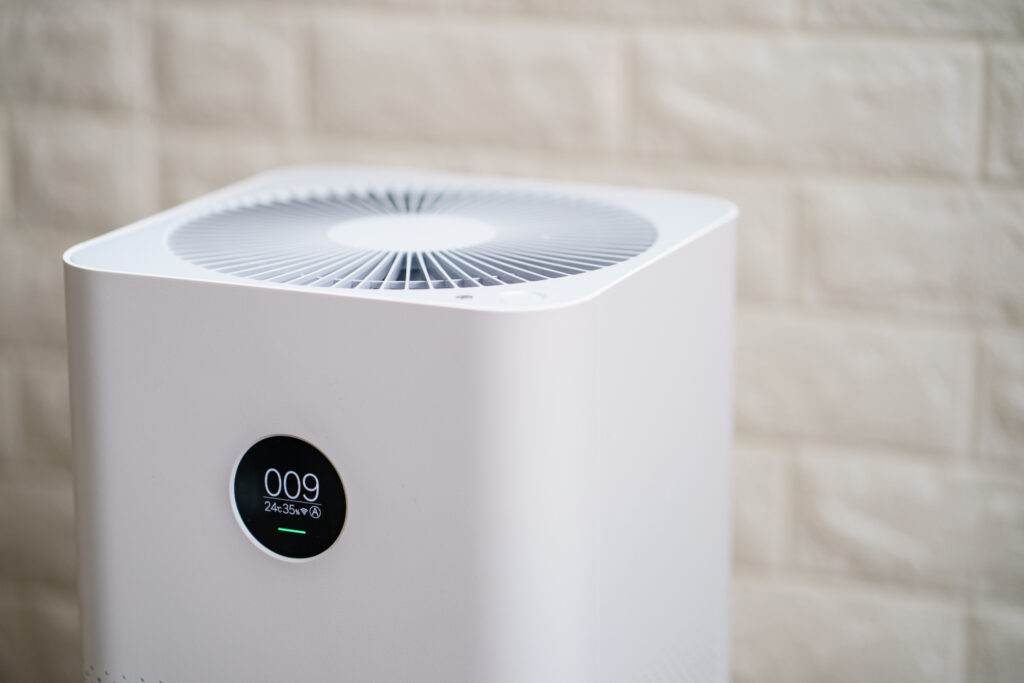If you’re a Texan, you know the dreaded arrival of Mountain Cedar (also called Ashe Juniper) season can wreak havoc on your sinuses. Each winter, cedar trees release massive clouds of pollen, causing allergic reactions like itchy eyes, sneezing, congestion, and fatigue. But fear not! With a bit of preparation, you can minimize your exposure and manage your symptoms effectively. Below are 8 practical and creative ways to get ready for Mountain Cedar season.

1. Stock Up on Allergy Medications Early
Before the pollen hits its peak, make sure your medicine cabinet is fully stocked. Over-the-counter antihistamines, nasal sprays, and decongestants can make a huge difference in controlling your symptoms. If you rely on prescription allergy drops or sprays, refill them before the pollen count skyrockets.
Tip: Consider setting a reminder in late November to check your medication supply. This way, you’re not scrambling when you start to feel the first sniffles.

2. Install a High-Quality Air Purifier
An air purifier can be your best friend during Mountain Cedar season. Invest in one with a HEPA filter, which can trap up to 99.97% of pollen and other allergens. Place it in rooms where you spend the most time, like your bedroom or living room, to keep the air as clean as possible.
Bonus: Some air purifiers come with added features like air quality sensors and UV-C light to kill airborne germs, giving you double the protection.
3. Rinse Off Pollen with Nasal Irrigation
One of the most effective ways to manage cedar allergies is by flushing your nasal passages regularly with a saline rinse. Using a neti pot or saline spray helps remove pollen before it can cause inflammation and congestion. Do this at least once a day, especially after spending time outdoors.
Pro Tip: Warm saline solutions can be soothing and may provide added relief during colder months.
4. Keep Windows and Doors Closed
It might be tempting to open your windows during a crisp winter day, but this allows cedar pollen to enter your home. Keep windows and doors closed during Mountain Cedar season, especially in the mornings when pollen levels are highest.
Alternative: If you crave fresh air, try cracking a window in rooms that have an air purifier or run the air conditioning with clean filters to help circulate air without the pollen.
5. Shower and Change Clothes After Outdoor Activities
Mountain Cedar pollen can cling to your skin, hair, and clothes. After spending time outside, especially on high pollen count days, take a shower and change into fresh clothes to avoid bringing pollen indoors.
Pro Tip: If you have pets, wipe them down with a damp cloth after walks to reduce the pollen they may bring into your home.
6. Create a “Cedar Defense” Zone at Home
Set up a designated area near the entrance of your home for removing shoes, coats, and bags after returning from outside. This way, you can contain outdoor pollen before it spreads to the rest of the house.
Get Creative: Add a decorative storage bin for shoes and hooks for coats, making your “Cedar Defense” zone both functional and stylish!
7. Track the Pollen Count
Knowledge is power, especially when it comes to Mountain Cedar allergies. Regularly check the cedar pollen forecast so you know when levels will be highest. You can use allergy apps or visit websites that track local pollen counts. On high-pollen days, minimize outdoor activities, especially between 5 a.m. and 10 a.m., when cedar pollen is most prevalent.
Bonus: Set up a calendar alert or a weather app notification to keep you informed.
8. Consider Immunotherapy for Long-Term Relief
For chronic sufferers, medications and home remedies may only provide temporary relief. Immunotherapy (allergy shots or sublingual drops) can reduce sensitivity to cedar pollen over time, providing long-term relief. Consult with your allergy specialist to see if this treatment is right for you.
Tip: Immunotherapy requires consistent treatment, so if you start now, you could see significant improvement by next season.
Mountain Cedar season may be a nuisance, but with some thoughtful preparation, you can minimize its impact on your daily life. From stocking up on medications and purifying your air to setting up a cedar-defense zone, these strategies will help you breathe easier during the pollen surge. Talk to your allergy specialist about additional treatment options and make sure you’re ready for the season ahead!